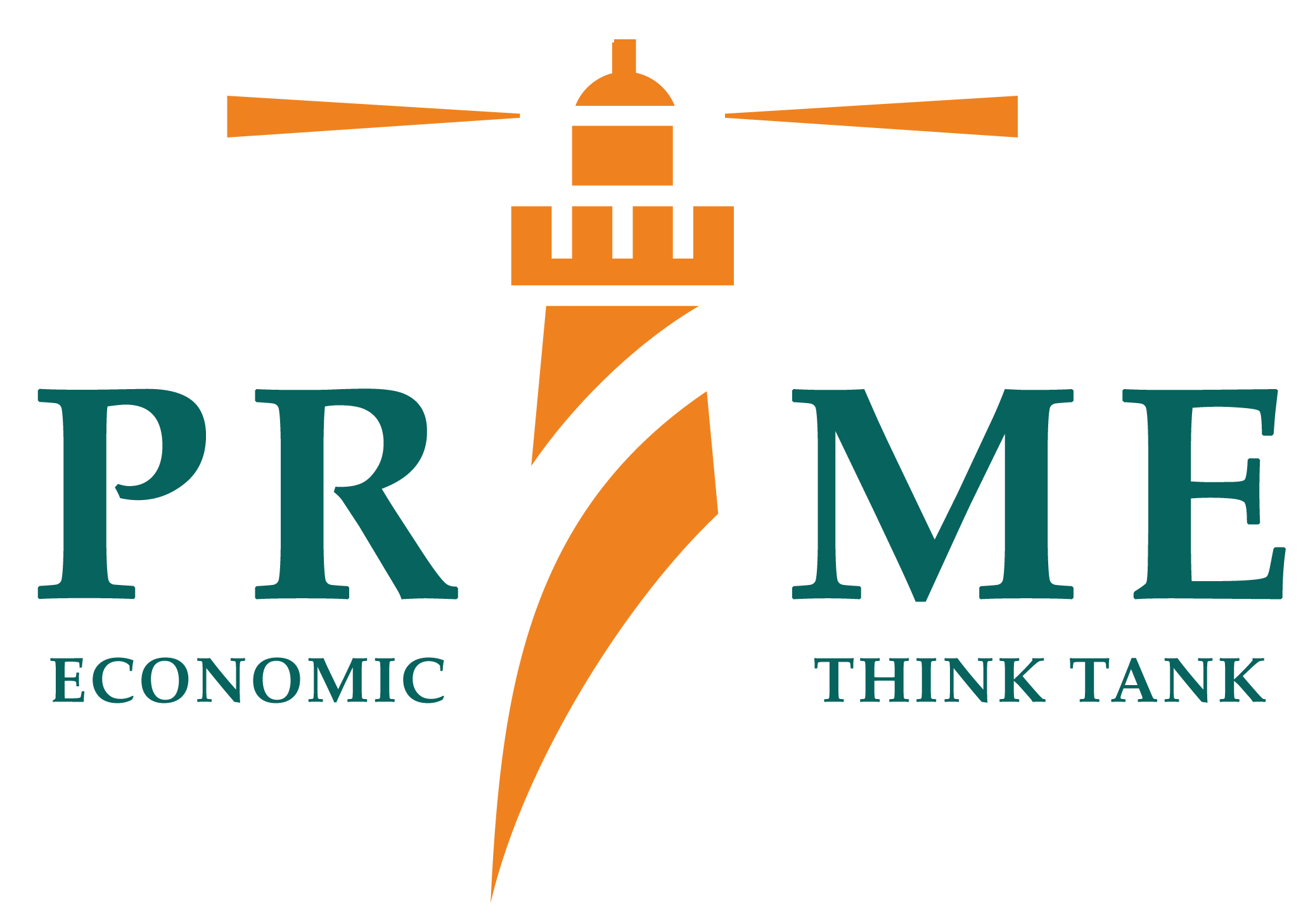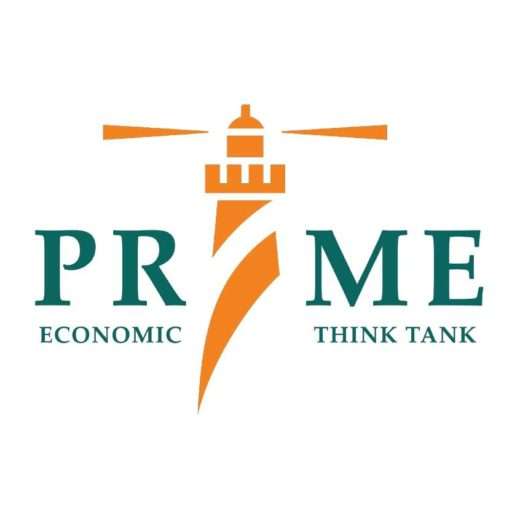Is foreign aid effective?. This question becomes all the more important if viewed against the backdrop of calls for doubling foreign aid to developing countries. The answer to this enquiry, however, has spawned a debate among mainstream academia with each side postulating viable arguments in their defense. In case of developing countries, the for-aid camp points toward the foreign-exchange bottleneck as well as insufficient savings as the rationale for foreign aid which makes up for such deficiencies. The theoretical foundations for this argument can be traced to the famous Harrod-Domar model which implicates that low saving rate dents the growth process (Harrod, 1939 and Domar, 1946). As of late the case for foreign aid has assumed a humane face by appealing to the stalled social sectors of developing countries.
This role of foreign aid was duly formalized by the integration of Official Development Assistance in now defunct Millennium Development Goals (MDGs) and the recently promulgated Sustainable Development Goals (SDGs). Contrarily, not-for-aid camp directs their criticism on foreign aid based on the fact that it rather than helping the poor countries, subverts the growth process by distorting market incentives and highly politicizes the development endeavor beyond bounds. Criticism of foreign aid is also leveled from the political spectrum both from “the Left” and “the Right” with the latter hinting the potential pauperism that it can ensue while the former points its neo-imperialist connotations. The empirical evidence also paints a contradictory picture of aid effectiveness. There is wide literature which suggests that “by and large” aid has been effectiveness contending that income per capita would have been lower in the recipient countries had there been no aid (McGillivray, 2004 and Sasaki, 2006). One strand of literature asserts that aid affective is contingent on the domestic policies of the recipient countries like Burnside and Dollar; 1997, 2000, 2004; Collier and Dollar, 2001, 2002; Collier and Hoeffler, 2002.
This paper attempts to add to this debate on aid effectiveness by evaluating it in the light of arguments for and against foreign aid from the perspective of Pakistan with especial focus on its political economy. It must be noted here that this research is limited only to aid flows by bilateral and multilateral sources to Pakistan instead of private flows of funds. Furthermore, to the best of our knowledge the paper also assesses arguably for the first time in Pakistan whether foreign aid has become a resource case. Section 1.2 delineates the major concepts of aid economics; section 1.3 takes stock of Pakistan’s incessant relationship with foreign aid and section 1.4 gives a bird’s eye view of the structure of foreign aid in Pakistan. Furthermore, section 2 and section 3 evaluates the arguments for and against aid respectively in terms of Pakistan while the final section concludes.


